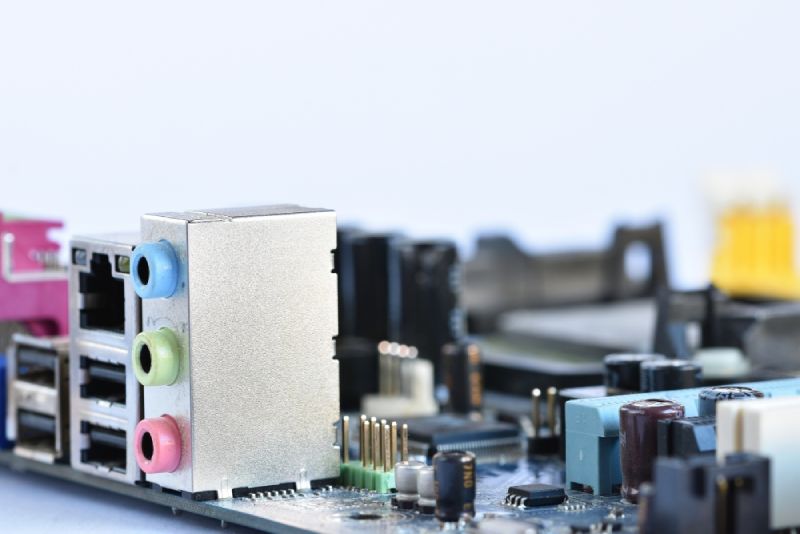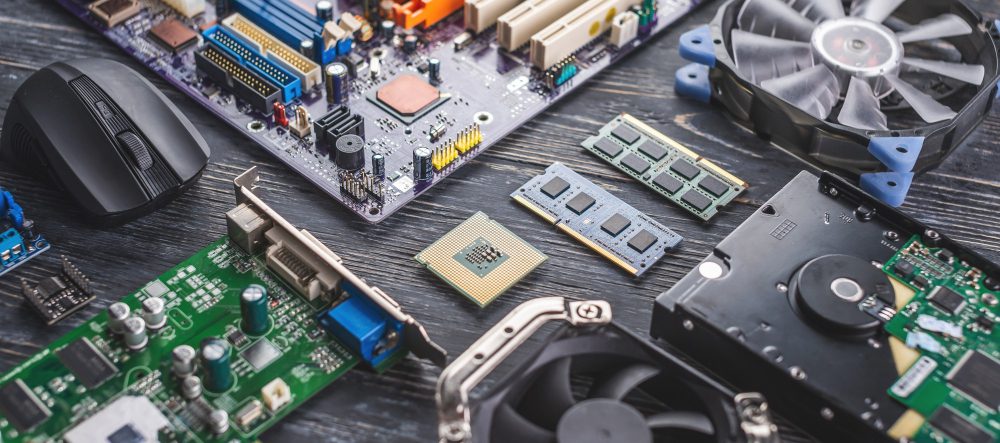Motherboards and the Evolution of USB Standards
Motherboards are a crucial component of any computer system, as they serve as the central hub that connects all other components. One of the key features of modern motherboards is the integration of USB ports, which have become the standard for connecting peripherals like keyboards, mice, and printers. Over the years, USB has evolved significantly, with new standards emerging that offer faster data transfer rates, improved power delivery, and greater compatibility with a wide range of devices.
USB 1.1 and 2.0
The first USB standard, USB 1.1, was introduced in 1998 and offered a maximum transfer rate of 12Mbps. This was a significant improvement over the slower serial and parallel ports that were commonly used at the time. However, it was still relatively slow compared to modern standards, and many peripherals required an external power supply.
The release of USB 2.0 in 2000 brought significant improvements, with transfer rates increasing to a maximum of 480Mbps. This made it possible to connect a wider range of devices, including external hard drives, to a computer system. USB 2.0 also introduced the concept of bus-powered devices, which could draw power directly from the USB port, eliminating the need for an external power supply.
USB 3.0 and 3.1
USB 3.0, also known as SuperSpeed USB, was introduced in 2008, offering transfer rates of up to 5Gbps – more than ten times faster than USB 2.0. This made it possible to transfer larger files more quickly, and it also enabled the use of higher resolution displays. USB 3.0 also introduced the concept of dual-bus architecture, which allowed for simultaneous data transfer and power delivery.
The latest iteration of the USB standard is USB 3.1, which was introduced in 2013. This standard offers transfer rates of up to 10Gbps, as well as improved power delivery and increased compatibility with a wide range of devices. USB 3.1 also introduced the concept of Type-C connectors, which are reversible and can be used for both data transfer and power delivery.
Impact on Motherboard Design
The evolution of USB standards has had a significant impact on the design of motherboards over the years. As new standards have emerged, motherboard manufacturers have had to adapt to incorporate the latest technology. This has led to the development of more complex and sophisticated motherboard designs, which must be capable of supporting a wide range of USB devices and standards.
In addition, the evolution of USB has also influenced the design of other components, such as cases and power supplies. As USB has become the standard for connecting peripherals, manufacturers have had to ensure that their products are compatible with the latest USB standards. This has led to the development of USB hubs, adapters, and other accessories that enable users to connect legacy devices to modern systems.
What is the History of USB Standard?
The Universal Serial Bus (USB) standard is a commonly used interface for connecting peripherals to a computer. Here is a brief timeline of its development:
1996 – USB 1.0: The USB 1.0 specification was released, which introduced a standardized connector for computer peripherals. It supported data transfer rates of 1.5 Mbps (Low-Speed) and 12 Mbps (Full-Speed).
2000 – USB 2.0: USB 2.0 was introduced, significantly improving the data transfer rate to 480 Mbps (High-Speed). This made it practical for devices such as external hard drives and printers.
2008 – USB 3.0: USB 3.0 (later rebranded to USB 3.1 Gen 1 and then USB 3.2 Gen 1) was released, increasing the data transfer rate to 5 Gbps (SuperSpeed). It also introduced a new, backward-compatible plug type known as USB Type-B SuperSpeed.
2013 – USB 3.1: USB 3.1 (later rebranded to USB 3.1 Gen 2 and then USB 3.2 Gen 2) was introduced, doubling the data transfer rate of USB 3.0 to 10 Gbps (SuperSpeed+).
2014 – USB Type-C: The USB Type-C connector was introduced. It’s a smaller, reversible plug that is designed to be the future standard for USB. It’s used with USB 3.1 and newer standards.
2017 – USB 3.2: USB 3.2 was introduced, doubling the data transfer rate of USB 3.1 to 20 Gbps (SuperSpeed+ with multi-lane operation). The naming of older standards was also updated at this time.
2019 – USB4: The USB4 specification was announced, which supports speeds of up to 40 Gbps and has improved support for video and power delivery. USB4 is based on Intel’s Thunderbolt 3 standard and uses the USB Type-C connector.
This is a high-level summary, and the actual evolution of the USB standard includes various changes to power delivery, support for different types of data transfer, and other features. As of 2021, USB4 is the latest version of the USB standard.
Conclusion
In conclusion, the evolution of USB standards has had a significant impact on the design of motherboards and other computer components. As new standards have emerged, manufacturers have had to adapt to ensure compatibility with the latest technology. This has led to the development of more complex and sophisticated motherboard designs, which are capable of supporting a wide range of USB devices and standards. As USB continues to evolve, it will be interesting to see how motherboard and component manufacturers adapt to incorporate the latest technology.



